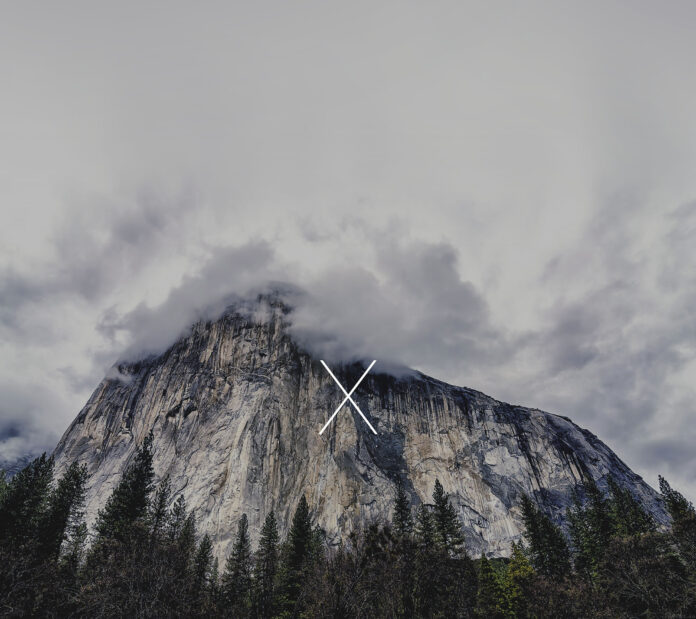Bokeh is a Python interactive data visualization. It renders its plots using HTML and JavaScript. It targets modern web browsers for presentation providing elegant, concise construction of novel graphics with high-performance interactivity.
Bokeh can be used to plot rays on a graph. Plotting rays on a graph can be done using the ray() method of the plotting module.
plotting.figure.ray()
Syntax : ray(parameters)
Parameters :
- x : x-coordinates of the starting points of the rays
- y : y-coordinates of the starting points of the rays
- length : length of the ray
- length_units : unit of the length of the rays
Returns : an object of class
GlyphRenderer
Example 1 : In this example we will be using the default values for plotting the graph.
# importing the modules from bokeh.plotting import figure, output_file, show # file to save the model output_file("gfg.html") # instantiating the figure object graph = figure(title = "Bokeh Rays Graph") # the points to be plotted x = 0y = 0 # plotting the graph graph.ray(x, y) # displaying the model show(graph) |
Output :
Example 2 : In this example we will be plotting multiple rays with various other parameters.
# importing the modules from bokeh.plotting import figure, output_file, show from bokeh.palettes import magma import numpy # file to save the model output_file("gfg.html") # instantiating the figure object graph = figure(title = "Bokeh Rays Graph") # name of the x-axis graph.xaxis.axis_label = "x-axis" # name of the y-axis graph.yaxis.axis_label = "y-axis" # the points to be plotted x = [0] * 256y = [0] * 256 # angles of the rays angle = numpy.linspace(0.00, 6.28, num = 256).tolist() # color of the rays color = magma(256) # plotting the graph graph.ray(x, y, angle = angle, color = color) # displaying the model show(graph) |
Output :
<!–
–>












Please Login to comment…